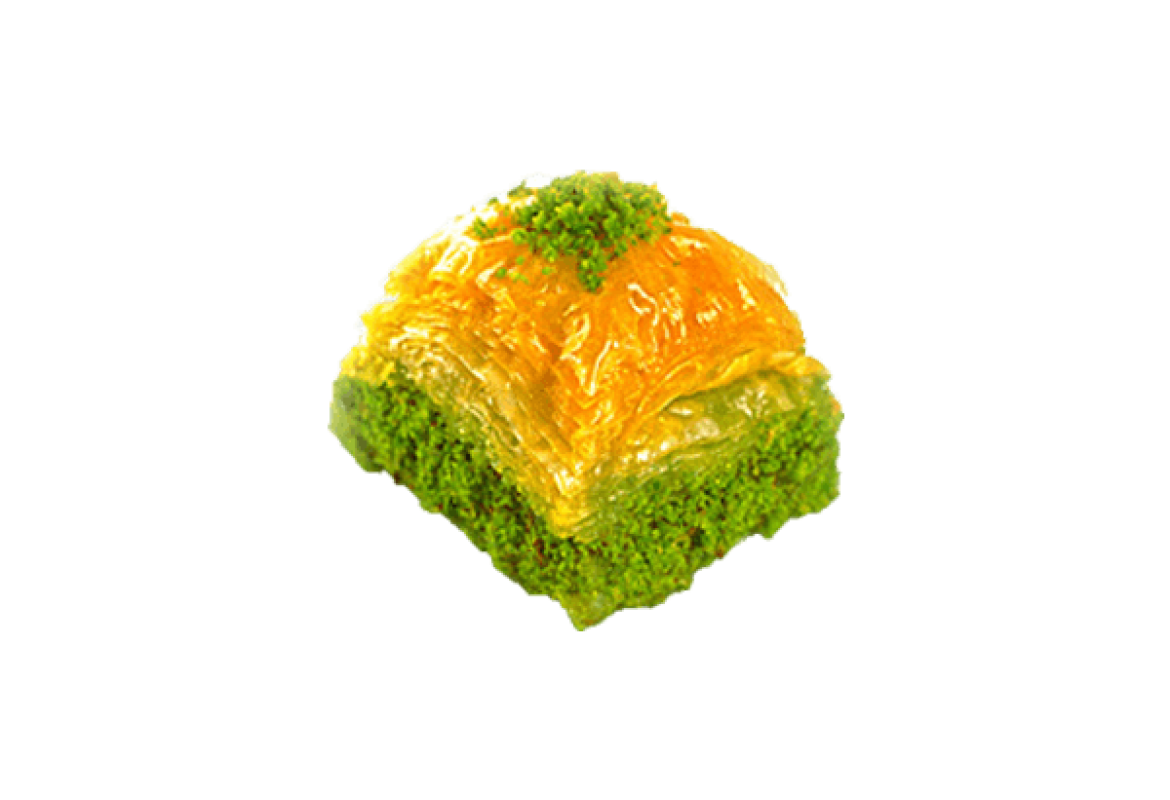
Baklavos istorija
Konditerijos gaminiai yra žodis, susijęs su Prancūzijos virtuvėmis, kuriose kepėjai gamina sodriausią tešlą, blizgiausią ganache ir šilkinius kremus, prieš sumaišydami juos į įvairius neįtikėtinus skanėstus. Tačiau Turkijoje yra kažkas tokio gražaus, tokio skonio ir taip mėgstamo, kad jis užkariavo viso pasaulio smaližių širdis ir protus. Žinoma, tai baklava – paprastas filo tešlos, riešutų ir cukraus derinys, kurio formų ir dydžių įvairovė yra neįtikėtina.
Šio deserto ištakos švelniai tariant miglotos – nemaža saujelė tautų pretenduoja į baklavą, kurią šiandien žinome net Vidurio Azijoje. Tačiau visuotinai priimta, kad pirmoji baklavos forma atkeliavo iš Asirijos imperijos maždaug 800 m. pr. Kr., kur duonos tešlos sluoksniai buvo plonai ištempti ir ypatingomis progomis kepami su smulkintais riešutais ir medumi. Augant prekybai, senovės graikai pamėgo asirų delikatesą ir manoma, kad būtent jie sukūrė neįtikėtinai ploną tešlą, vadinamą filo (lapu), dėl kurios sluoksniai tapo lengvesni ir subtilesni. Savo ruožtu prieskonių ir šilko keliai pradėjo daryti įtaką ingredientams, o rožių vanduo, kardamonas ir cinamonas tapo įprastais dalykais.
Nors sunku patvirtinti šias įtakas, akivaizdu, kad šiandien pažįstama ir mylima baklava atsirado Osmanų imperijos dėka nuo XV a. Ši didžiulė imperija apėmė daugybę šalių, todėl tikslią baklavos kilmę sunku nustatyti – tikriausiai kiekviena tauta paveikė ar pakeitė savo receptą, kai jas užkariavo osmanai. Receptas buvo ištobulintas Topkapi rūmų virtuvėse XVII amžiuje Stambule ir greitai tapo mėgstamiausiu valdančiojo sultono, kuris penkioliktą Ramadano dieną duodavo kepinius savo kariams per vadinamąjį Baklavos paradą. jėgos demonstravimas, taip pat būdas parodyti dėkingumą kariuomenei.
Tam tikros formos baklava šiandien gaminama daugelyje šalių, tačiau labiausiai šį delikatesą gamina Turkija. Dideli platūs tešlos lakštai ištempiami taip ploni, kad tampa permatomi, prieš tepant sviestu ir sluoksniuojant vienas ant kito. Įdarui naudojamos pistacijos iš Gaziantepo, Egėjo jūros migdolai, graikiniai arba lazdyno riešutai iš Juodosios jūros regiono, o po pirmojo kepimo pilamas cukraus sirupas, o ne medus.
„Gaziantep“ yra dvasinis baklavos, ypač pagamintos iš pistacijų, namai, tiek, kad 2013 m. ES „Gaziantep Baklavası“ suteikė SGN apsaugą. Ištisos kepėjų komandos iškočios lakštus, sluoksniuos juos regiono ryškiai žaliais riešutais, supjaustys. į deimantus, užpilkite ištirpintu sviestu, tada įdėkite į orkaitę, prieš apliekite sirupu ir palikite atvėsti. Kadangi riešutai yra labai ryškiai padengti, jie dažnai susmulkinami iki miltelių, kad būtų galima pabarstyti baklavos viršų, todėl jie atrodo dar patraukliau.
Tačiau jei kada nors įsigijote baklavos padėklą, žinosite, kad jos būna įvairių formų, skonių ir dydžių. Štai aštuoni, kurie skiriasi nuo pradinio šablono.
Ceviz dolma – apvalios formos ir kompaktiškesnė už tradicinę baklavą, daug kartų į filo tešlą įvyniotas visas graikinis riešutas.
Saray sarmasi – panašus į ceviz dolma, bet vietoj to pripildytas maltų pistacijų ir graikinių riešutų.
Diurumas – vienas filo tešlos sluoksnis susukamas aplink tirštą maltų pistacijų mišinį, dėl kurio pats pyragas gali tapti ryškiai žalias.
Özel kare – kaip ir įprasta baklava, bet su dvigubu kiekiu įdaro ir grubiai pjaustytomis pistacijomis, o ne maltomis.
Vişneli – juose vietoj (arba kartais taip pat) riešutų yra rūgščių vyšnių įdaras.
Kestaneli – filo tešla, apvyniota aplink cukruotą kaštoną ir užpilta maltomis pistacijomis.
Birma – visos pistacijos suvyniotos į susmulkintą filo tešlą į vieną ilgą dešrą, prieš supjaustant plonais griežinėliais.
Basma – riešutai, įterpti tarp künefe tešlos, kuri gaminama iš ilgų plonų tešlos sruogų, kurios kepamos iki traškumo.

